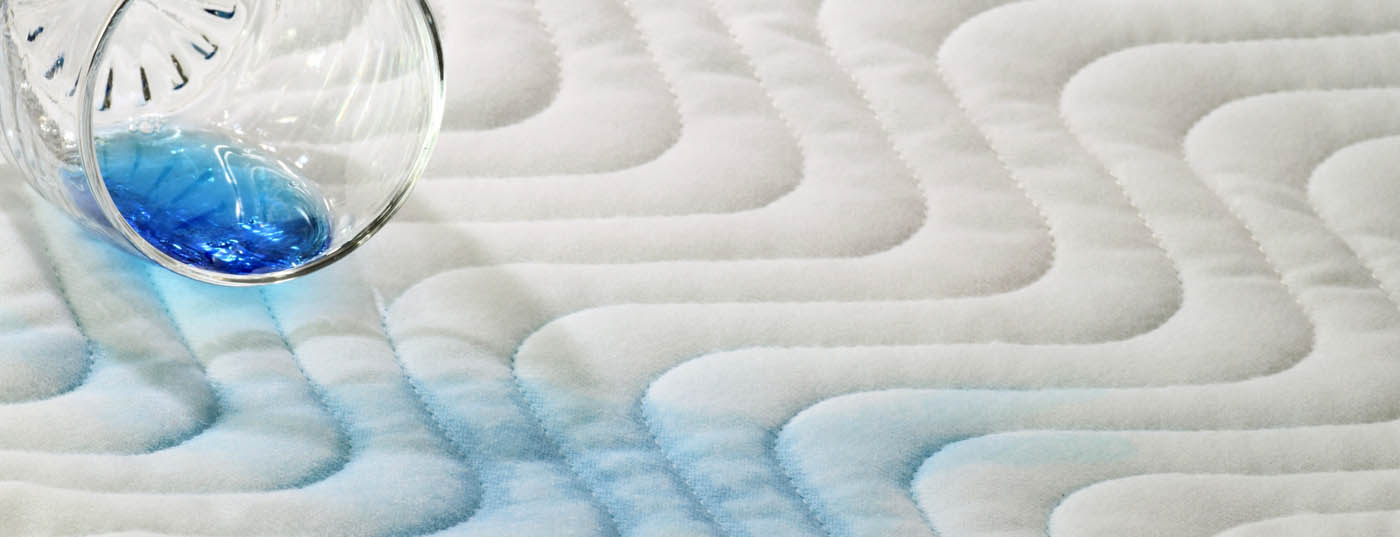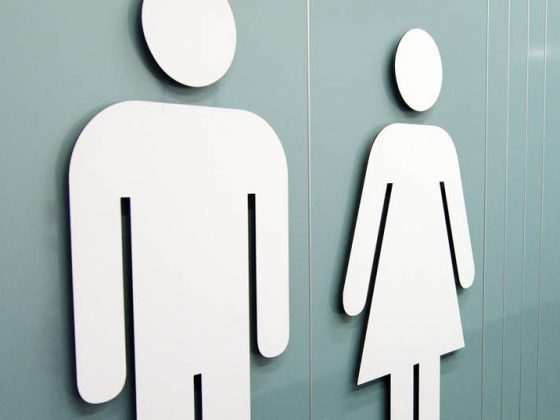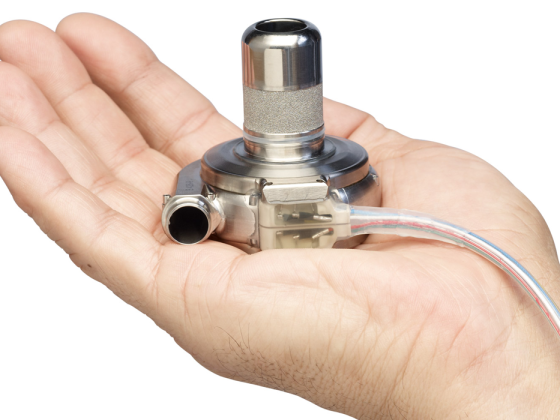The continuing education event of the Clinic for Urology on March 6, 2014 at the Winterthur Cantonal Hospital provided information on all aspects of the urethra and was held for the fifth time. Prof. Dr. med. Hubert John and his colleagues discussed conservative therapy options as well as surgical treatment options and addressed special features of urinary incontinence in women and men.
With approximately 400,000 people affected in Switzerland, urinary incontinence is a widespread condition, yet it remains a taboo subject and many patients do not dare to confide in their doctor or people in their private environment with their problems. Jan Brachlow, MD, first defined urinary incontinence or bladder weakness as “any form of involuntary loss of urine.” About a quarter of all women are affected, in contrast, men suffer from bladder weakness three times less often. The various forms of incontinence (table 1) can rarely be precisely separated in daily practice; they are often mixed forms. Dr. Brachlow presented them in detail.

Stress incontinence is predominantly seen in female patients, but can also occur in men after prostate surgery. Symptoms include involuntary leakage of urine when coughing, sneezing, laughing or lifting weights.
If patients complain of not being able to reach the toilet in time, of frequent urge to urinate, resulting in an involuntary loss of urine with a sudden and very strong urge to urinate, this is urge incontinence. The cause is that the contracting of the bladder muscle can no longer be suppressed. Here, a distinction is made between motor (overactive bladder, M Parkinson’s disease, multiple sclerosis or diabetes mellitus) and sensory forms (cystitis, prostate enlargement, bladder stones or bladder tumors).
Overflow incontinence, also known as “paradoxical incontinence” often occurs in men whose prostate is enlarged. Patients complain of constant dribbling urine, bladder pressure is higher than sphincter pressure, and the bladder is felt to be “constantly full.” In the case of paraplegia, herniated disc or multiple sclerosis, patients may lack control of the inhibition of the bladder muscle in the brain, resulting in uncontrolled bladder emptying without urge to urinate – a complete loss of control over the bladder is the consequence.
Diagnosis and clarification
Dr. med. Michael Kurz then explained the procedure for clarifying urinary incontinence. “Essential is a good and comprehensive medical history,” Dr. Kurz said. Furthermore, attention should also be paid to so-called avoidance tactics, e.g. when patients specifically avoid drinking. Table 2 provides an overview of the most important points that should be included in a detailed medical history.

Diagnostics include, in addition to examination of the external genitalia in men, a digital rectal examination with sphincter tone and protatapalpation, and in women, inspection and palpation of the female genitalia including colposcopy. Further, a short neurologic examination of the sacral segments as well as the volition and a cytoscopy are indicated. In the latter, the lower urinary tract is inspected for possible strictures, sphincter closure and movement. Subsequent steps include uroflowmetry with residual urine measurement and videourodynamics. “In our daily work, the primary goal is to maintain or restore the patient’s quality of life. Only if the two questions Do you lose urine? and Does it bother you? are both answered yes is clarification and treatment necessary,” says Dr. Kurz.
Conservative therapy options
“Basically, the first therapeutic steps of urinary incontinence are always conservative” says Christian Padevit, MD, senior physician at the Department of Urology, on the treatment approach. Also according to his assessment, the patients’ level of suffering is decisive for the start of a therapy, because often an improvement can already be achieved for those affected through lifestyle counseling or behavioral measures. Examples include weight reduction, taking diuretics in the morning instead of the evening, taking less fluids before going to bed, and reducing alcohol and coffee, also in the evening.
Stress incontinence: An important pillar of conservative therapy for stress incontinence, which is often neglected, is pelvic floor training: “Many men, for example, do not even know that they have a pelvic floor. Targeted training, especially preoperatively, can optimize follow-up care here and counteract incontinence caused by surgery.”
Sphincter-toning medications such as norepinephrine-serotonin reuptake inhibitors (duloxetine and imipramine) and α-agonists (midodrine) may also be used. Here, however, there is a contraindication in arterial hypertension.
Men can be helped further with aids such as a penile clamp or urinary condom. Patients often find their own methods to provide relief, for example, one male patient helped himself by urethral application of earplugs, Dr. Padevit described. Bladder catheterization (transurethral or suprapubic) is possible in the short term, but should be avoided if possible, as there is a risk of chronic infections here due to the foreign body. Pressaren combined with local estrogenization provides women with another conservative treatment option.
Urge incontinence: As the cause of urge incontinence varies, so do the treatment options. Drinking and micturition training, aiming at >2000 ml urine/24 hrs and around 300 ml micturition, helps to cure chronic infections, lowers urinary osmolarity and protects the endothelial protective layer and against detrusor depolarization.
Drug therapy includes anticholinergics, but these can cause side effects such as constipation and dry mouth, and less often visual disturbances and headache. Another alternative is botulinum type A injection into the detrusor muscle, as well as surgical repair of infravesical obstruction, neuromodulation/neurostimulation, as well as treatment of the neurological or internal causes of urge incontinence.
Surgical therapy options
Finally, the surgical options for the treatment of urinary incontinence were presented. “In women, the tension-free urethral tape (‘Tention free vaginal tape’, TVT) has become the standard for stress incontinence,” elaborated Prof. Hubert John, MD. In men, banding techniques have also experienced a renaissance in recent years, with the Clinic for Urology in Winterthur using its own developed banding system, the bulbourethral suspension. Unlike the tensionless female incontinence sling, the tension of this sling is adjusted with intraoperative urodynamics. Ultimately, the implantation of a sphincter prosthesis (AMS 800, Flow-Secure, etc.) still remains for men and women. If the sphincter apparatus is destroyed, an upper urinary diversion or catheterizable small bowel umbilical bladder is rarely necessary. Severe overactive urinary bladder can be treated promisingly with botulinum toxin A. Another therapeutic option for severe urge bladder is sacral neuromodulation. The options for surgical urinary incontinence therapy in women and men have developed greatly in recent years.
Source: “Around the Urethra”, continuing education event at the Clinic for Urology, March 6, 2014, Winterthur Cantonal Hospital.
HAUSARZT PRAXIS 2014; 9(5): 42-45











